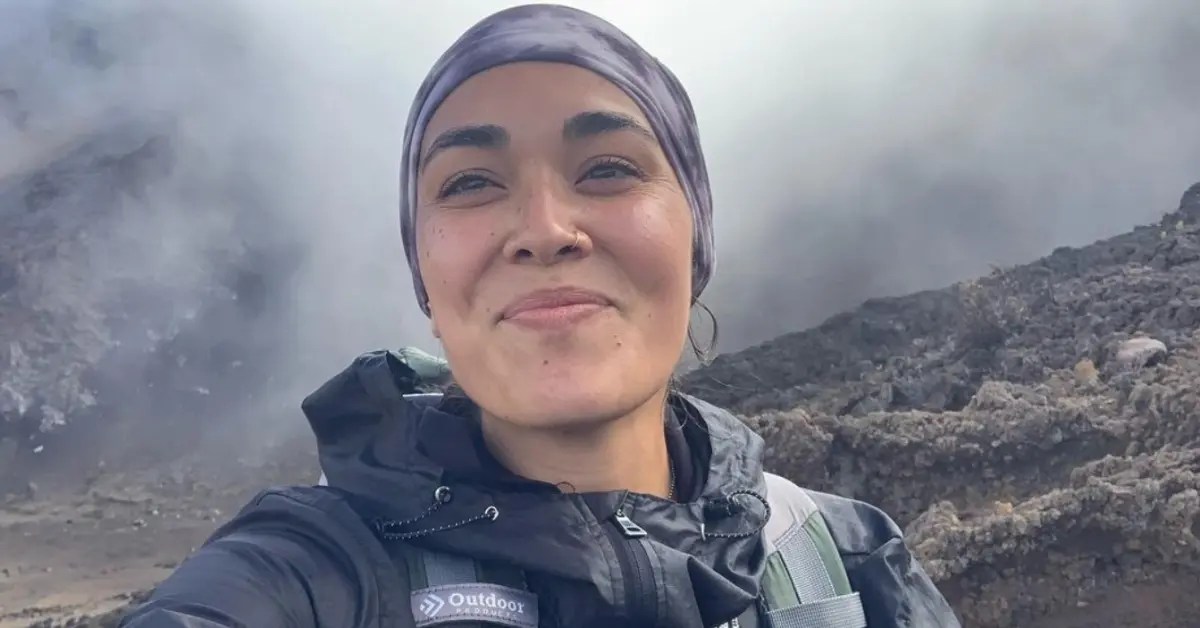The Hannah Kobayashi family finds itself facing unforeseen challenges, highlighting the critical need for community support and readily available resources. This exploration delves into the multifaceted network of aid designed to help families navigate difficult times, examining financial assistance, community outreach, medical support, legal guidance, and crucial emotional well-being resources. We’ll uncover the pathways to accessing these vital lifelines, offering a comprehensive guide to aid the Kobayashi family and others facing similar circumstances.
This investigation goes beyond simply listing resources; it aims to provide practical steps and actionable advice. We will analyze the application processes for various aid programs, discuss the crucial role of community engagement, and shed light on the often-overlooked importance of emotional support during times of crisis. The goal is to empower families like the Kobayashis with the knowledge and tools necessary to navigate their challenges effectively.
Medical and Healthcare Support

The Hannah Kobayashi family is facing a significant challenge in the wake of their recent hardship, and securing adequate medical care is paramount. The potential medical expenses associated with [mention specific injuries or illnesses, e.g., Hannah’s extensive injuries requiring ongoing physiotherapy and specialized care, or any other relevant medical needs] could easily reach into the tens or even hundreds of thousands of dollars, depending on the duration and complexity of treatment. This necessitates a comprehensive exploration of available resources to mitigate the financial burden.
Potential Medical Expenses
The family should anticipate a wide range of medical expenses, including hospital bills, physician fees, medication costs, physical therapy, rehabilitation services, and potentially long-term care. The unpredictable nature of medical needs means that budgeting for these expenses can be difficult. For example, a single surgery could cost tens of thousands, and subsequent follow-up appointments and medication could easily add several thousand more each month. Prolonged rehabilitation, especially in cases of severe injury, could extend these costs significantly over a period of years. Therefore, exploring all avenues for financial assistance is crucial.
Resources for Affordable Healthcare
Securing affordable healthcare is a critical priority. Several avenues exist to alleviate the financial strain.
The first step is to explore available insurance options. Depending on the family’s location and eligibility, options might include private health insurance plans, Medicaid (for low-income individuals and families), or Medicare (for those aged 65 and older or with certain disabilities). A careful review of each plan’s coverage, deductibles, and co-pays is essential to make an informed decision. Many non-profit organizations offer assistance in navigating the complexities of health insurance selection.
In addition to insurance, several assistance programs can help offset healthcare costs. These programs vary by location but may include financial assistance programs offered by hospitals and healthcare providers, pharmaceutical assistance programs for prescription medications, and government-funded programs designed to support individuals and families facing significant medical expenses. Investigating these programs thoroughly is crucial to maximizing the available support.
Accessing Medical Care Through Public Health Services
Public health services offer a vital safety net for individuals and families struggling to afford medical care. Accessing these services typically involves contacting the local health department or a designated public health clinic. Eligibility requirements vary based on income and residency. Public health services can provide a range of care, including primary care, vaccinations, preventative health screenings, and sometimes specialized care depending on the availability of resources within the specific public health system. The process usually begins with an application and assessment of the family’s needs and financial situation.
Medical Equipment Rental or Loan Programs
For individuals requiring specialized medical equipment, such as wheelchairs, walkers, or oxygen concentrators, rental or loan programs can significantly reduce expenses. Many non-profit organizations and hospitals offer these programs, often at significantly reduced rates or even for free. The availability of these programs depends on the specific equipment needed and the resources available within the community. Inquiries should be made directly with local hospitals, rehabilitation centers, or non-profit organizations specializing in medical equipment assistance. Some insurance plans may also cover or partially cover the cost of renting or leasing necessary medical equipment.
The journey to support the Hannah Kobayashi family underscores the profound interconnectedness of community and the power of collective action. From financial aid organizations to the unwavering support of local community groups, the resources highlighted demonstrate a commitment to alleviating hardship and fostering resilience. This comprehensive overview serves not only as a guide for the Kobayashi family but also as a testament to the vital role of community support networks in helping families overcome adversity and rebuild their lives. The strength of the human spirit, combined with the availability of these resources, offers a beacon of hope in challenging times.
